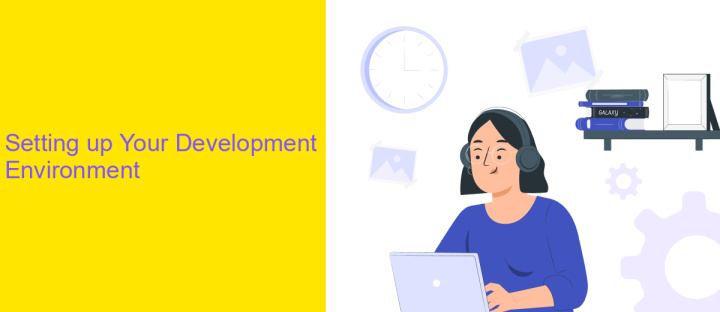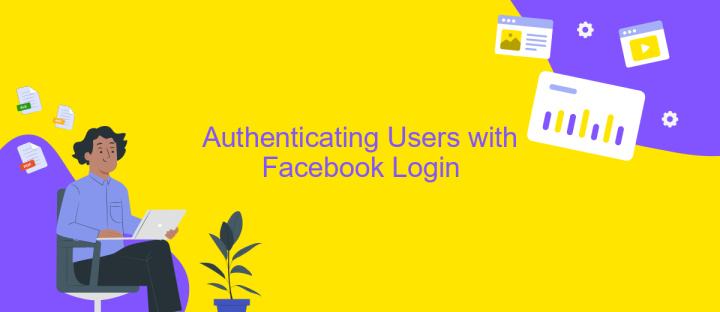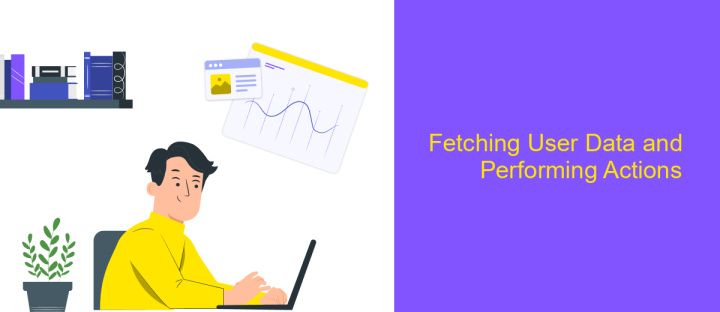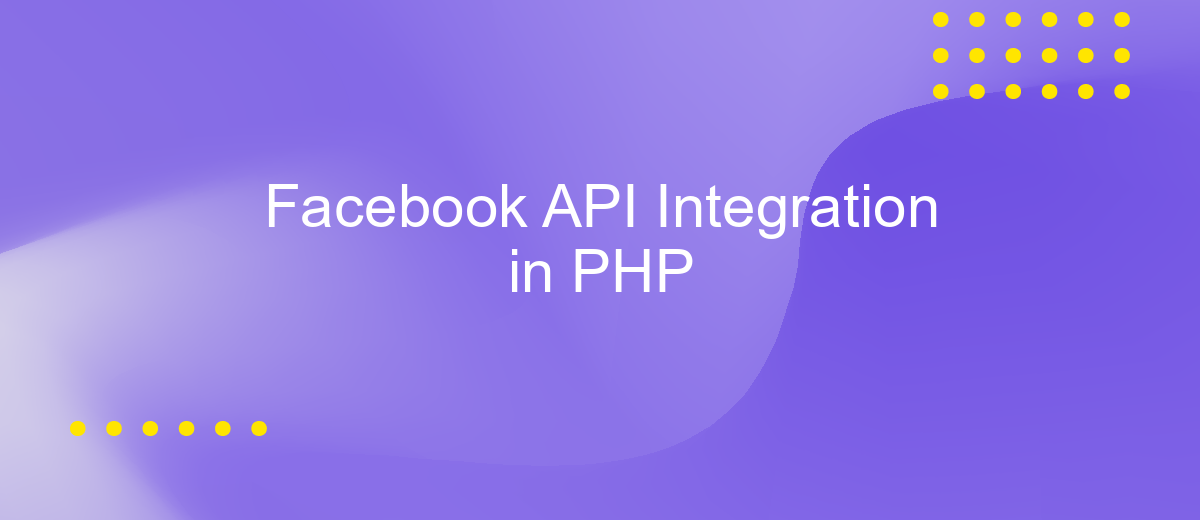Facebook API Integration in PHP
Integrating Facebook API in PHP allows developers to harness the power of Facebook's vast platform, enabling seamless interaction with its social features. This integration facilitates the retrieval of user data, posting content, and managing pages directly from your PHP application. By leveraging Facebook's API, developers can enhance user engagement and create more dynamic, personalized experiences, making it an essential tool for modern web development.
Introduction to Facebook API and PHP Integration
Integrating Facebook API with PHP enables developers to enhance their web applications by leveraging the social media giant's extensive functionalities. The Facebook API provides a robust platform for accessing a wide range of Facebook services, such as user authentication, data retrieval, and social interactions. By using PHP, a popular server-side scripting language, developers can create dynamic and interactive web applications that seamlessly connect with Facebook's ecosystem.
- Access user data: Fetch user profiles, photos, and posts to enhance user engagement.
- Authentication: Implement Facebook Login to simplify the user sign-up process.
- Social interactions: Enable features like sharing and commenting directly from your application.
- Analytics: Utilize Facebook Insights to track and analyze user interactions and engagement.
The integration process involves setting up a Facebook Developer account, creating an app, and obtaining an access token to authenticate requests. PHP's flexibility and extensive library support make it an ideal choice for handling API requests and processing responses. As a result, developers can build applications that not only connect with Facebook but also provide a personalized and engaging user experience. By mastering Facebook API integration with PHP, developers can significantly enhance their applications' capabilities and reach.
Setting up Your Development Environment

Before diving into Facebook API integration with PHP, it's essential to set up your development environment properly. Start by ensuring you have a local server environment like XAMPP or WAMP installed on your machine, as these provide the necessary PHP, Apache, and MySQL support. Once your server is up, download and install Composer, a dependency manager for PHP, which will help you manage the Facebook SDK and other libraries efficiently. You should also create a Facebook Developer account and set up a new app to obtain your App ID and App Secret, which are crucial for API interaction.
To streamline the integration process, consider using services like ApiX-Drive, which facilitate seamless API connections without extensive coding. ApiX-Drive offers an intuitive interface to configure and automate data exchange between Facebook and your PHP application. This can save time and reduce potential errors, allowing you to focus on developing core features. Finally, ensure your development environment is secure and up-to-date to prevent vulnerabilities and ensure smooth API operations.
Authenticating Users with Facebook Login

Integrating Facebook Login into your PHP application allows users to authenticate using their Facebook credentials, enhancing user experience and security. To begin, ensure you have a Facebook Developer account and have created an app to obtain your App ID and App Secret. These credentials are essential for the authentication process.
- First, include the Facebook SDK for PHP in your project. You can do this using Composer with the command:
composer require facebook/graph-sdk. - Next, configure the SDK with your App ID and App Secret. Initialize the Facebook object using these credentials.
- Generate a login URL using the helper class provided by the SDK. This URL will redirect users to Facebook for authentication.
- After successful login, Facebook will redirect users back to your specified callback URL with an authorization code.
- Exchange this code for an access token, which can be used to access user data and make authenticated requests on behalf of the user.
By following these steps, you can seamlessly integrate Facebook Login into your PHP application, providing a secure and efficient way for users to authenticate. This not only simplifies the login process but also enhances the overall user experience by leveraging Facebook's trusted platform.
Fetching User Data and Performing Actions

Integrating Facebook API in PHP allows developers to access a wealth of user data and perform various actions seamlessly. To begin, ensure you have the Facebook SDK for PHP installed and configured. Authenticating users is the first step, typically done using OAuth 2.0, which provides access tokens necessary for making API requests.
Once authenticated, you can fetch user data such as names, email addresses, and profile pictures. This is done by sending a GET request to the Graph API endpoint with the appropriate access token. The response will contain the requested data in JSON format, which can be easily parsed in PHP.
- Retrieve user profile information.
- Access user photos and albums.
- Post status updates on behalf of the user.
- Manage user events and groups.
Performing actions like posting updates or managing events requires permissions granted by the user. Always ensure your application requests the necessary permissions during the authentication process. By leveraging the Facebook API, you can create dynamic and personalized experiences for users, enhancing engagement and functionality within your application.
- Automate the work of an online store or landing
- Empower through integration
- Don't spend money on programmers and integrators
- Save time by automating routine tasks
Handling API Errors and Best Practices
When integrating the Facebook API into your PHP application, it's crucial to handle potential errors gracefully to ensure a seamless user experience. Common errors include authentication failures, rate limit exceedances, and invalid requests. Implementing robust error handling mechanisms, such as try-catch blocks, can help manage these issues effectively. Logging errors is also essential for diagnosing and resolving issues quickly. Consider using PHP's built-in error logging functions or third-party solutions for comprehensive monitoring.
Adhering to best practices is vital for a successful integration. Always validate and sanitize user inputs to prevent security vulnerabilities. Keep your API keys and tokens secure, and never hard-code them in your source files. Regularly update your integration to comply with Facebook's API changes. Utilizing services like ApiX-Drive can simplify the integration process by providing automated workflows and reducing manual effort. This service can also help manage data synchronization and error notifications, ensuring your application remains responsive and reliable.
FAQ
How do I get started with Facebook API integration in PHP?
What are the prerequisites for using the Facebook API with PHP?
How do I handle Facebook API authentication in PHP?
How can I automate Facebook API integration tasks in PHP?
What are common issues faced during Facebook API integration in PHP, and how can they be resolved?
Routine tasks take a lot of time from employees? Do they burn out, do not have enough working day for the main duties and important things? Do you understand that the only way out of this situation in modern realities is automation? Try Apix-Drive for free and make sure that the online connector in 5 minutes of setting up integration will remove a significant part of the routine from your life and free up time for you and your employees.


